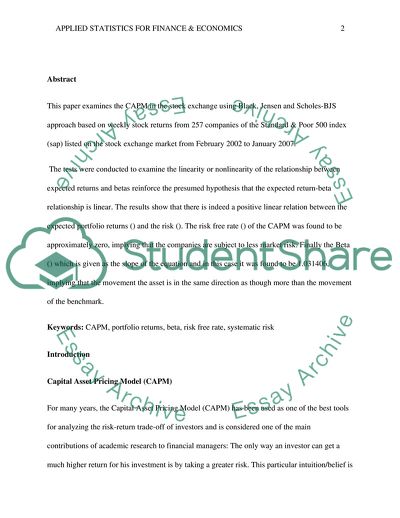Cite this document
(Applied Statistics For Finance & Economics Project, n.d.)
Applied Statistics For Finance & Economics Project. https://studentshare.org/macro-microeconomics/1816597-applied-statistics-for-finance-economics
Applied Statistics For Finance & Economics Project. https://studentshare.org/macro-microeconomics/1816597-applied-statistics-for-finance-economics
(Applied Statistics For Finance & Economics Project)
Applied Statistics For Finance & Economics Project. https://studentshare.org/macro-microeconomics/1816597-applied-statistics-for-finance-economics.
Applied Statistics For Finance & Economics Project. https://studentshare.org/macro-microeconomics/1816597-applied-statistics-for-finance-economics.
“Applied Statistics For Finance & Economics Project”. https://studentshare.org/macro-microeconomics/1816597-applied-statistics-for-finance-economics.


